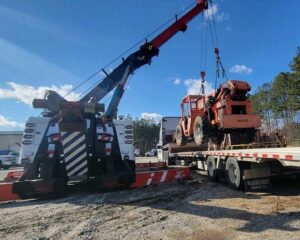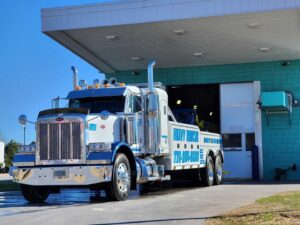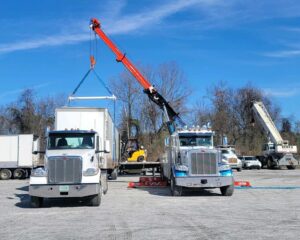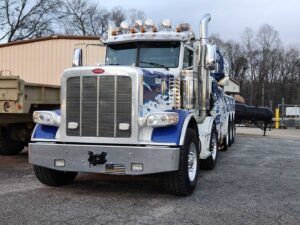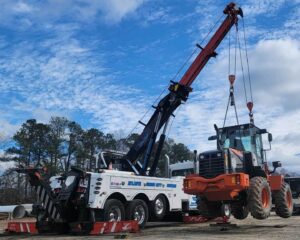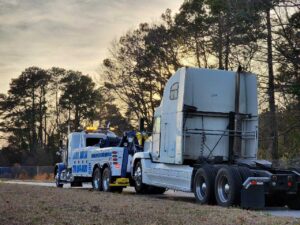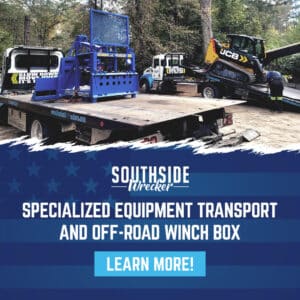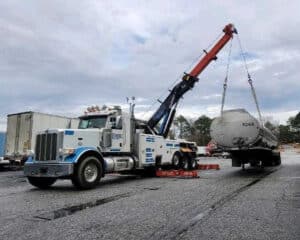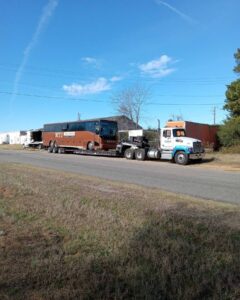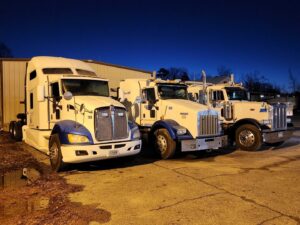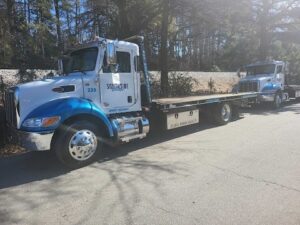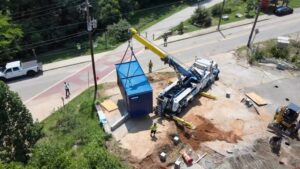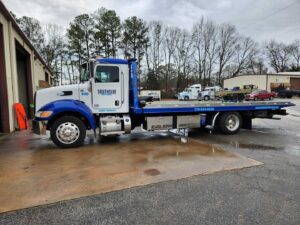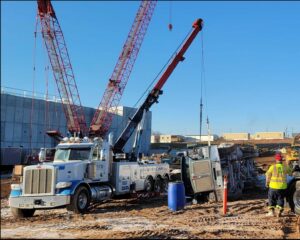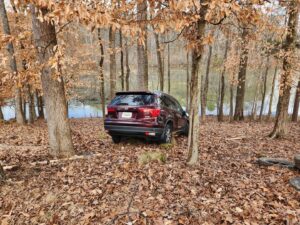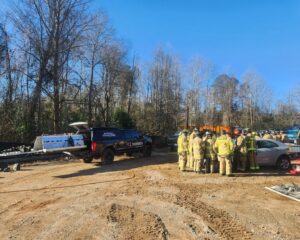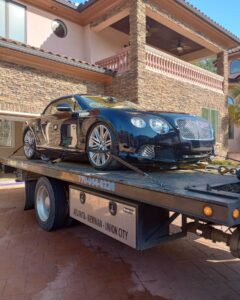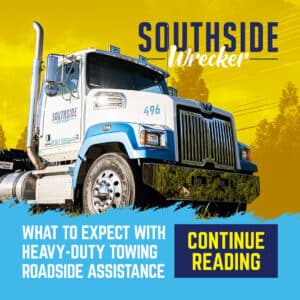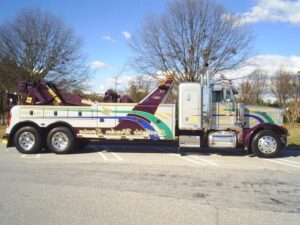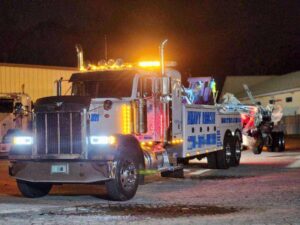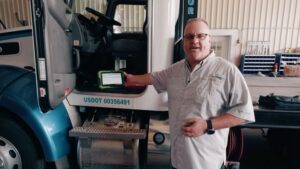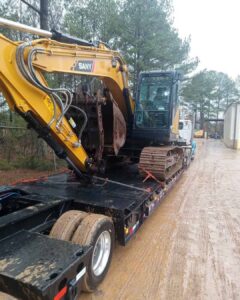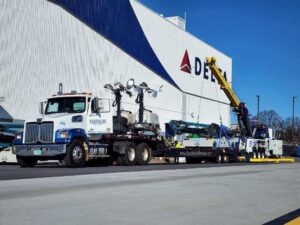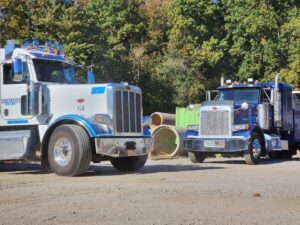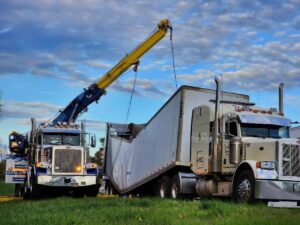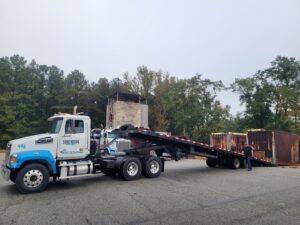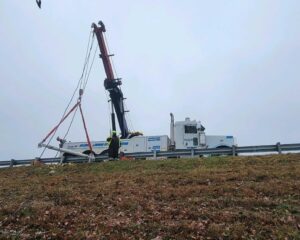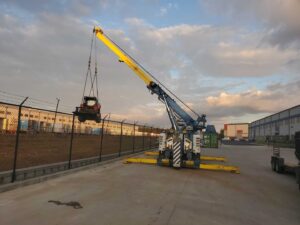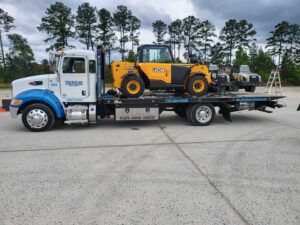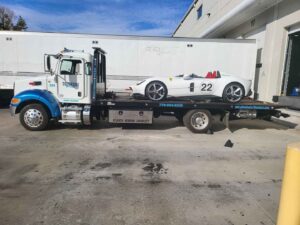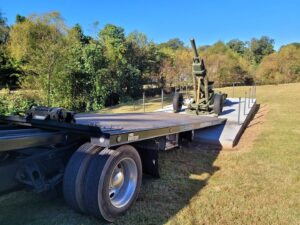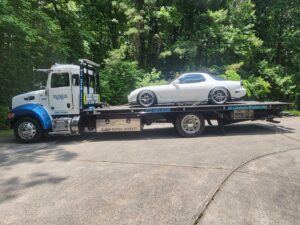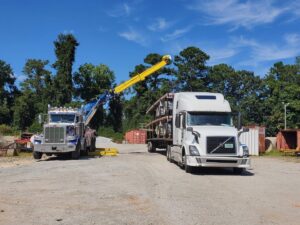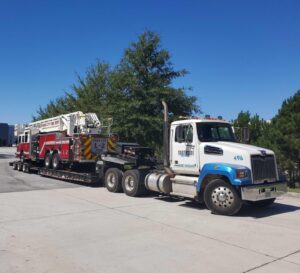April Showers & Slippery Roads
April showers can bring May flowers, but they can also bring hydroplaning if you are not careful. Hydroplaning occurs when you drive over standing water and lose control of your steering, which can happen even with just a slightly damp road. Especially during a morning commute, rushing on the road can be easy to do. When weather conditions are messy, you may have to adjust your driving habits and arrival time. Being late is not ideal but hydroplaning and getting into an accident will make you even later. As a towing company, the Southside Wrecker team has witnessed our share of accidents due to hydroplaning. Follow these steps to stay safe when the spring storms hit.
Avoiding Hydroplaning
- Slow Down—Instead of trying to beat your GPS arrival time, slow down for safety. You will be less likely to hydroplane when you are traveling more slowly. Typically, hydroplaning occurs at 35 mph or faster. Travel 5-10 mph slower than the posted speed limit when it starts raining. You may need to reduce your speed further if the rain becomes heavy or wind speed increases. Speeding up or slowing down quickly will put you at a greater risk of hydroplaning. Avoid changing speeds or lanes suddenly.
- Give Your Tires Some TLC—Properly rotated and balanced tires are less likely to hydroplane. If your tires have not been rotated or balanced recently, go ahead, and have your mechanic check them before the next spring shower comes our way. If your tires need to be replaced, choose high quality tires as they are designed to avoid hydroplaning.
- Avoid Cruise Control in Poor Conditions—In good conditions, cruise control can be a helpful feature, especially for commuters. When it is raining, never use cruise control. If you have cruise control enabled, you will take a few extra seconds to get the cruise control off before you fully regain control. Every second matters when you are driving in hazardous conditions.
- Try Not To Drive Through Standing Water—Driving through water can be inevitable, but as much as possible, avoid driving through puddles or standing water. Hydroplaning can happen with very little water so try not to drive through obvious pools of it.
Recovering From Hydroplaning
Even if you are being exceptionally careful, hydroplaning is still possible when the weather conditions are poor. If your car is hydroplaning, remember these tips to regain control of your vehicle.
- Take Your Foot Off The Gas—When you feel like your car is out of control, the natural instinct is to hit your brakes. Your hydroplaning situation can get even worse if you do this. Sudden acceleration or deceleration can cause your car to spin out and even slide off the road. Let your car slow down by no longer accelerating instead of braking suddenly.
- Turn Your Steering Wheel In The Direction You Are Hydroplaning—Turning back where you want to go may seem more natural, but you need to help your tires realign in the current direction. After they align, you should be able to feel that your tires are connecting with the road and regain control.
- Pull Over and Find Your Peace—Hydroplaning is a scary and adrenaline pumping experience. When you find a safe place to pull off, pull over and give yourself a minute to calm down.
Unfortunately, we cannot always avoid driving in wet or dangerous conditions, but we can be prepared for them. Follow the steps to minimize the chance of hydroplaning and remember how to respond when it occurs. Rain or shine, Southside Wrecker is standing by to help 24/7 during this spring shower season.
